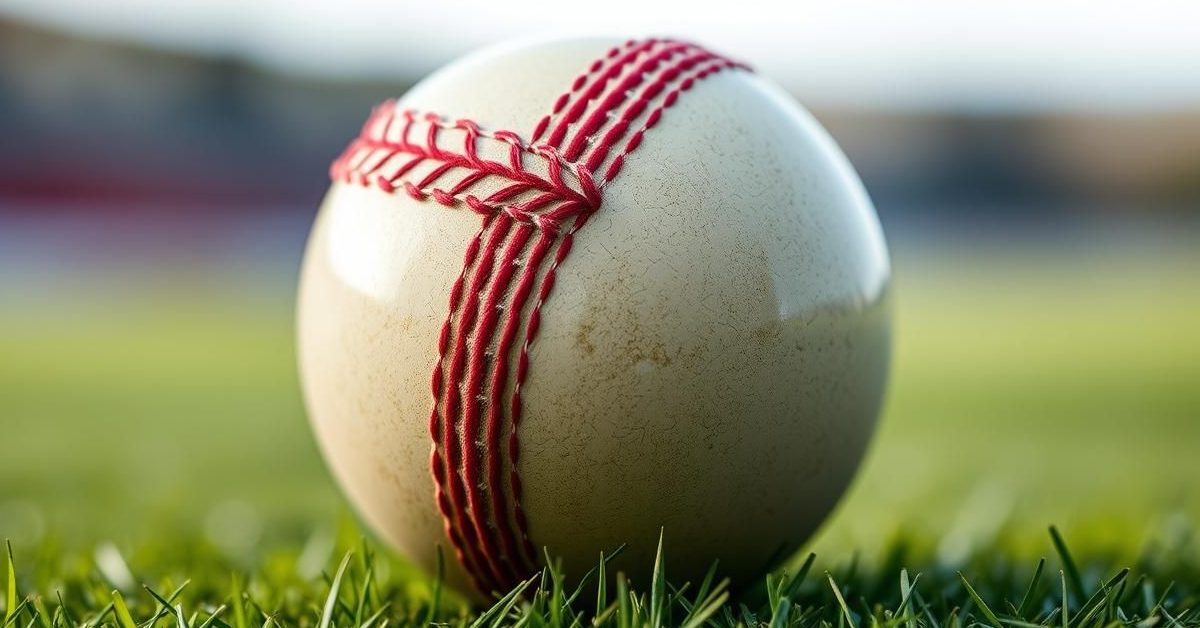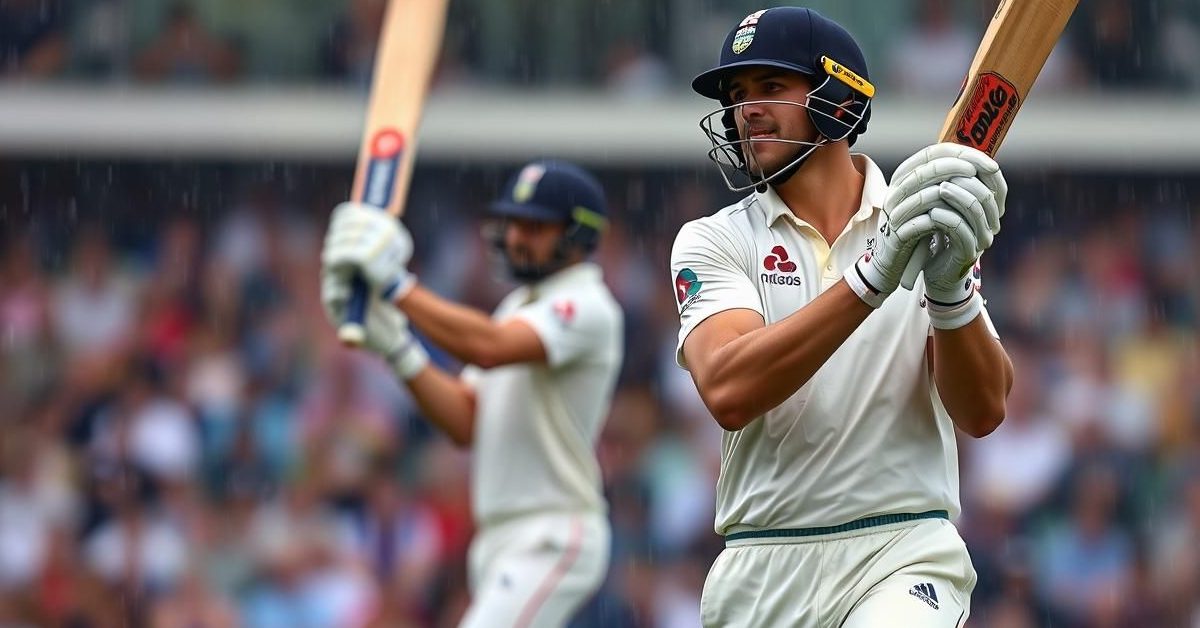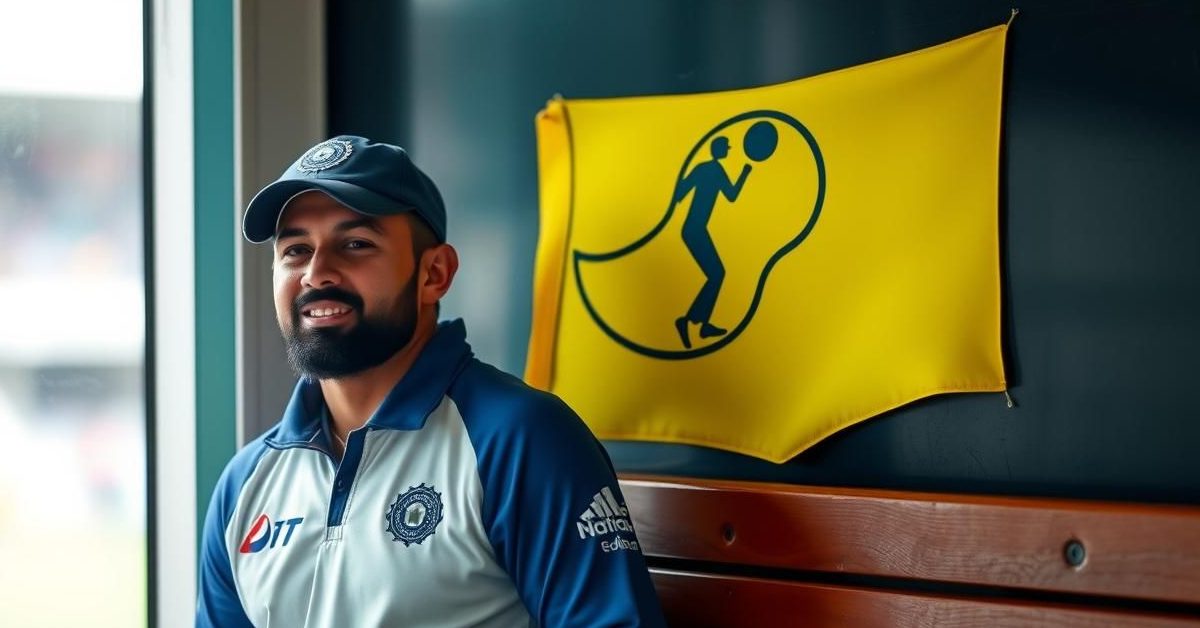The manufacturer of the Duke cricket ball has responded to recent player complaints, explaining that modern bats and natural materials influence how the ball performs.
Duke Ball Under Scrutiny
The Duke ball, a staple in England’s Test matches, has faced unprecedented criticism this summer. Players from both India and England have expressed concerns, stating the ball quickly loses its shape and softness, making it difficult for bowlers to take wickets.
Indian captain Shubman Gill highlighted the issue after the Edgbaston Test, despite his team’s victory. He noted that the ball becomes soft very quickly, posing a significant challenge for bowlers, especially on dry pitches.
Manufacturer Responds to Complaints
Dilip Jagjodia, the manufacturer of the Duke ball, addressed the mounting criticism in an interview. He stated that cricket balls across all brands—Duke, SG, and Kookaburra—frequently come under scrutiny.
Jagjodia emphasized that since cricket balls are made from natural raw materials, perfect consistency for every single ball is impossible to guarantee. He also pointed out the evolution of the game itself.
Powerful Bats and Changing Conditions
Jagjodia argues that modern bats are far more powerful, and players are stronger, hitting the ball out of the ground more often. He cited Shubman Gill, an orthodox batsman, hitting many sixes as an example of this change.
He explained that the ball is constantly subjected to immense force, crashing into structures beyond the boundary. This physical impact naturally affects the ball’s condition much faster.
Why Balls Go Soft Sooner
A cricket ball is designed to deteriorate over time, which is why a new ball is introduced after 80 overs. However, Jagjodia feels there’s an impatience among teams, who often want a ball change after just 30 overs if wickets aren’t falling.
He also highlighted the unusually warm and dry English summer, which has resulted in flat, hard pitches. These conditions, combined with high scores and results in matches, suggest the ball isn’t fundamentally disadvantaging batsmen or preventing outcomes.
The Craft of Ball Manufacturing
Making a Duke ball is a long, intricate process. Jagjodia maintains that they adhere strictly to the original British standard, personally selecting and presenting the balls.
He clarified that cricket balls are “craft products,” not engineered ones like cars or steel. Natural material variations and human involvement mean slight inconsistencies can occur, but the fundamental process remains robust.
Balancing Hardness and Safety
Jagjodia explained the delicate balance involved in ball hardness. He stated, “If I made a really hard ball, it would have broken bats.” Creating an overly hard ball could be disastrous, leading to equipment damage and potentially encouraging dangerous play.
The rules of the game stipulate that the ball should gradually deteriorate over 80 overs. While genuine defects allow for a ball change, the natural softening process is an expected part of Test cricket.
- Cricket balls naturally soften over time due to material and usage.
- Modern, powerful bats contribute to faster ball deterioration.
- Unusually dry weather conditions in England may also affect ball performance.
- Duke balls are craft products, not engineered, meaning slight variations are inherent.
- Making a significantly harder ball could damage bats and be unsafe.
The discussion around the Duke ball highlights the continuous interplay between equipment, player skill, and environmental factors in the sport.













